Walnuts Pickers oil on canvas Louis-Claude Paviot's work depicts a peaceful, rural scene, where two human figures blend harmoniously into a lush natural setting. Under large trees with dense, irregular foliage, a man seems busy picking chestnuts while a second figure stands nearby, ready to help him. Walnuts picking evokes the autumn season, a transitional period when nature generously offers its fruits before the winter rest. The foreground is occupied by an expanse of intense green grass, creating a solid base for the composition. The main setting is dominated by two large trees whose branches extend widely, creating a shaded canvas animated by touches of light filtering through the leaves. The background offers a soft contrast with the bluish tones of the hills, which bring depth and perspective to the scene. The brushstrokes are vibrant and visible, giving the painting a dynamic texture. The leaves of the trees, in particular, are rendered with rapid, bursting strokes that capture their light movement in the wind.
Originally from Lhuis, in the Ain, Paviot was first a student at the Ecole des Beaux-Arts in Lyon, then a resident at the Académie Julian in 1895, where he was a student of JP Laurens and Doucet. He seems to have made a career in Paris, exhibiting notably at Berthe Weill, from 1905 to at least 1924, more than in Lyon. He exhibited from 1896 at the Salon des Indépendants, but also at the Salon of the Société lyonnaise des Beaux-Arts from 1895 to 1901. At the beginning of the century, critics placed him among the artists in the spotlight. Thus, in the report of the Salon des Indépendants of the same year, in Le journal, G. Geffroy places Paviot among the heirs of Monet and Cézanne, in the company of Bonnard, Vuillard, A. André, Camoin and Valtat. In the Cahiers d'Art et de Littérature of May 1905, the report of the Salon des Indépendants by J. Holl speaks of him as "a colorful realist". In 1907, he participated in the adventure of the Salon d'Automne in Lyon with Eugène Brouillard and Jacques Martin until 1918. Regularly, in the 20s and 30s, he was at the SLBA, or at the Salon d'Automne. He was admitted to the Salon du Sud-Est from 1934 to 1940.




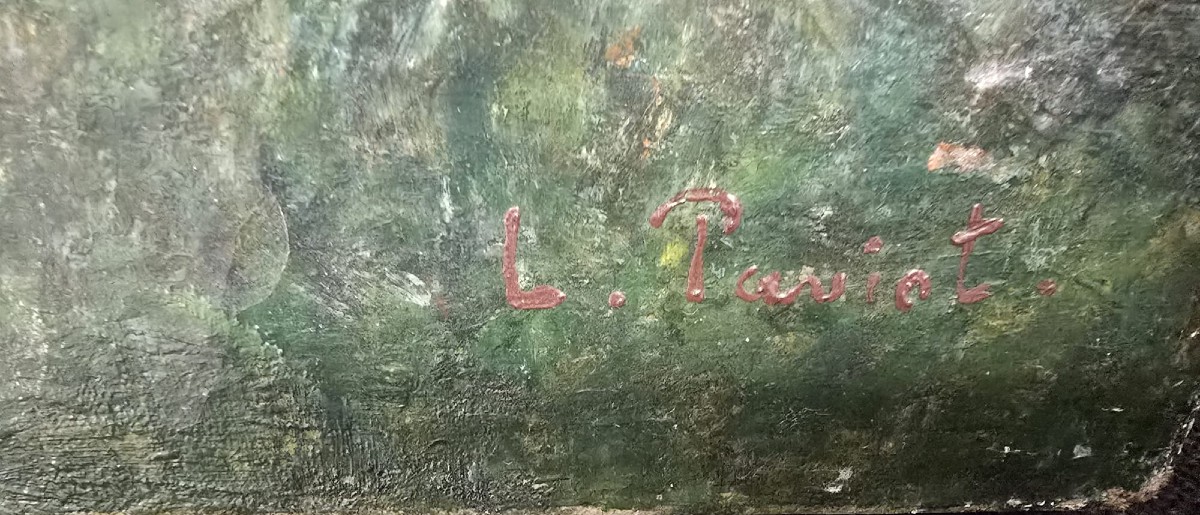










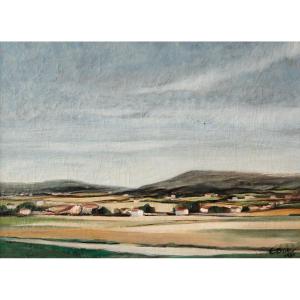





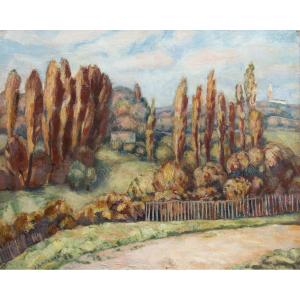





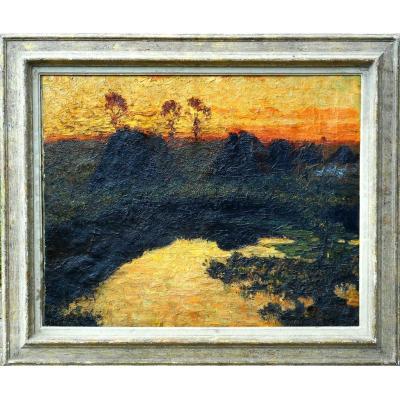

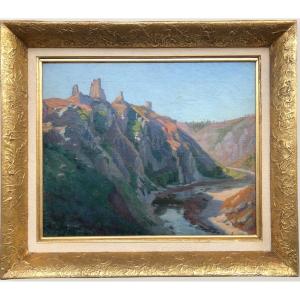



 Le Magazine de PROANTIC
Le Magazine de PROANTIC TRÉSORS Magazine
TRÉSORS Magazine Rivista Artiquariato
Rivista Artiquariato